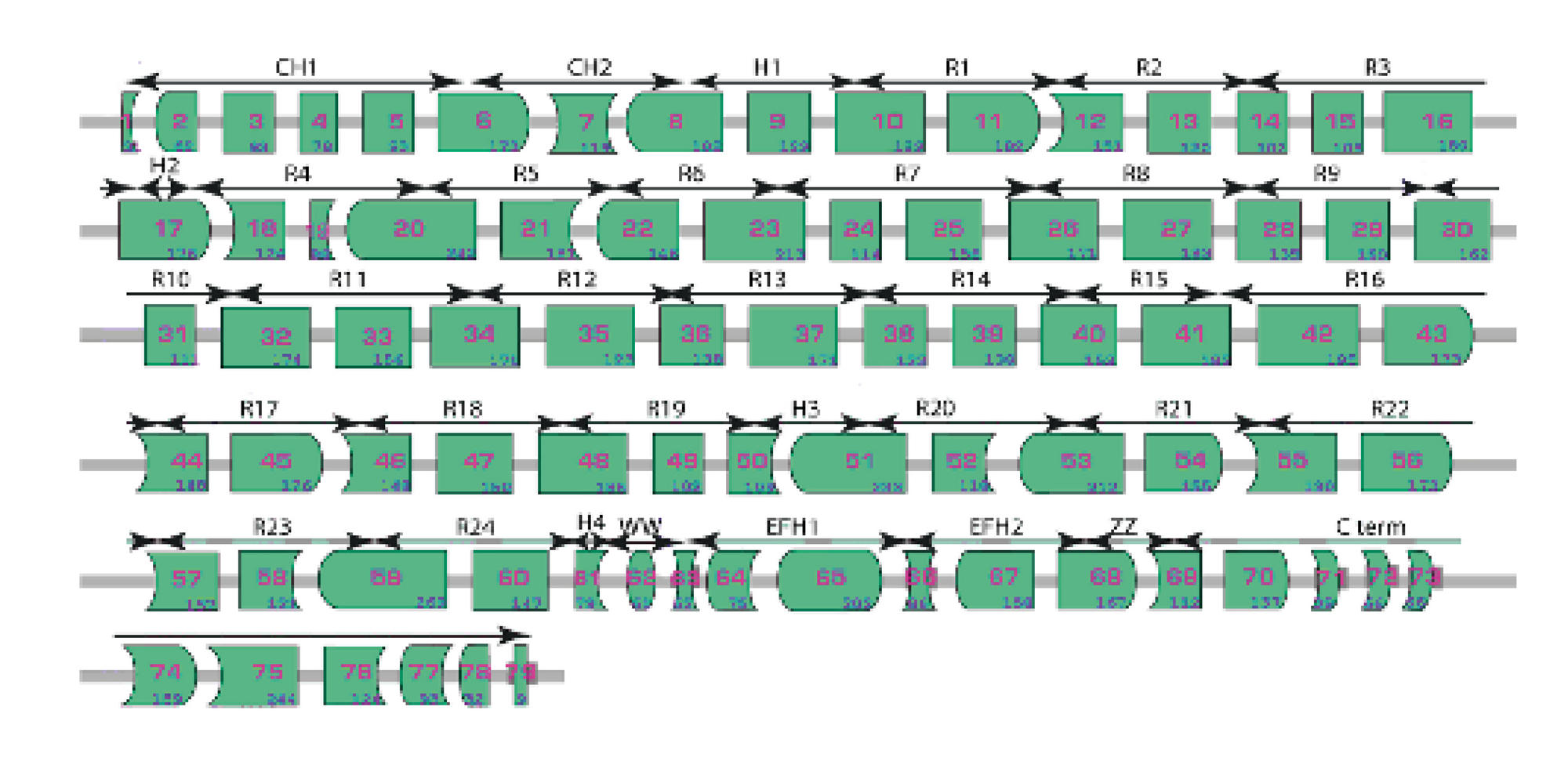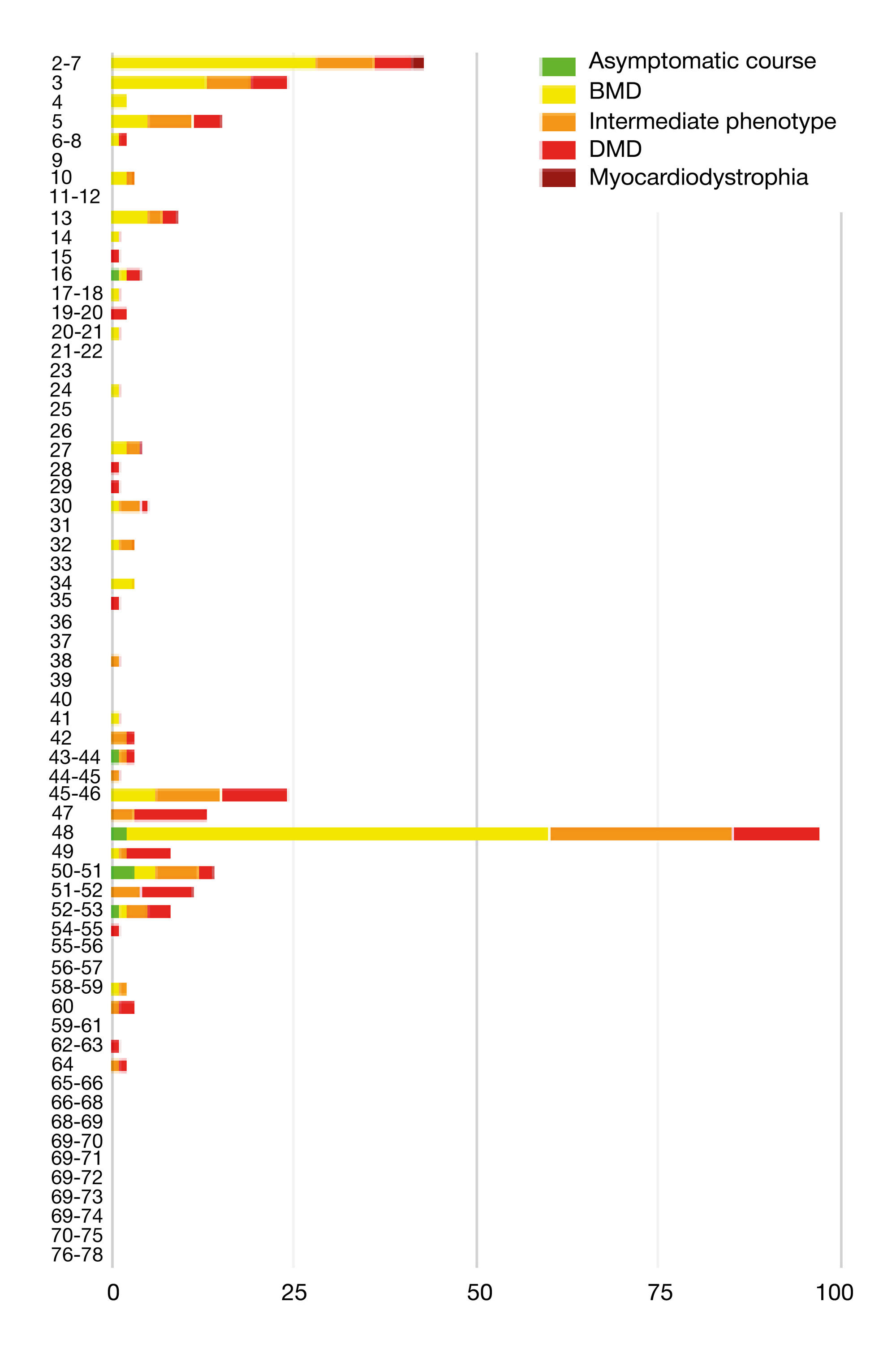
ORIGINAL RESEARCH
Analysis of phenotype expressions of deletions in the dystrophin gene in terms of efficiency of exon skipping as a method for treatment of hereditary dystrophinopathies
1 Marlin Biotech, Moscow, Russia
2 Institute of Gene Biology, Russian Academy of Sciences, Moscow, Russia
3 Department of Neurology, Neurosurgery and Medical Genetics, Medical Faculty,
Pirogov Russian National Research Medical University, Moscow, Russia
Correspondence should be addressed: Evgeniya Zotova
ul. Vavilova, d.34/5, Moscow, Russia, 119334; ur.usm.bbf@avotoz
Acknowledgements: authors thank the Shared Resource Center of the Institute of Gene Biology of Russian Academy of Sciences for the equipment provided for this research.

